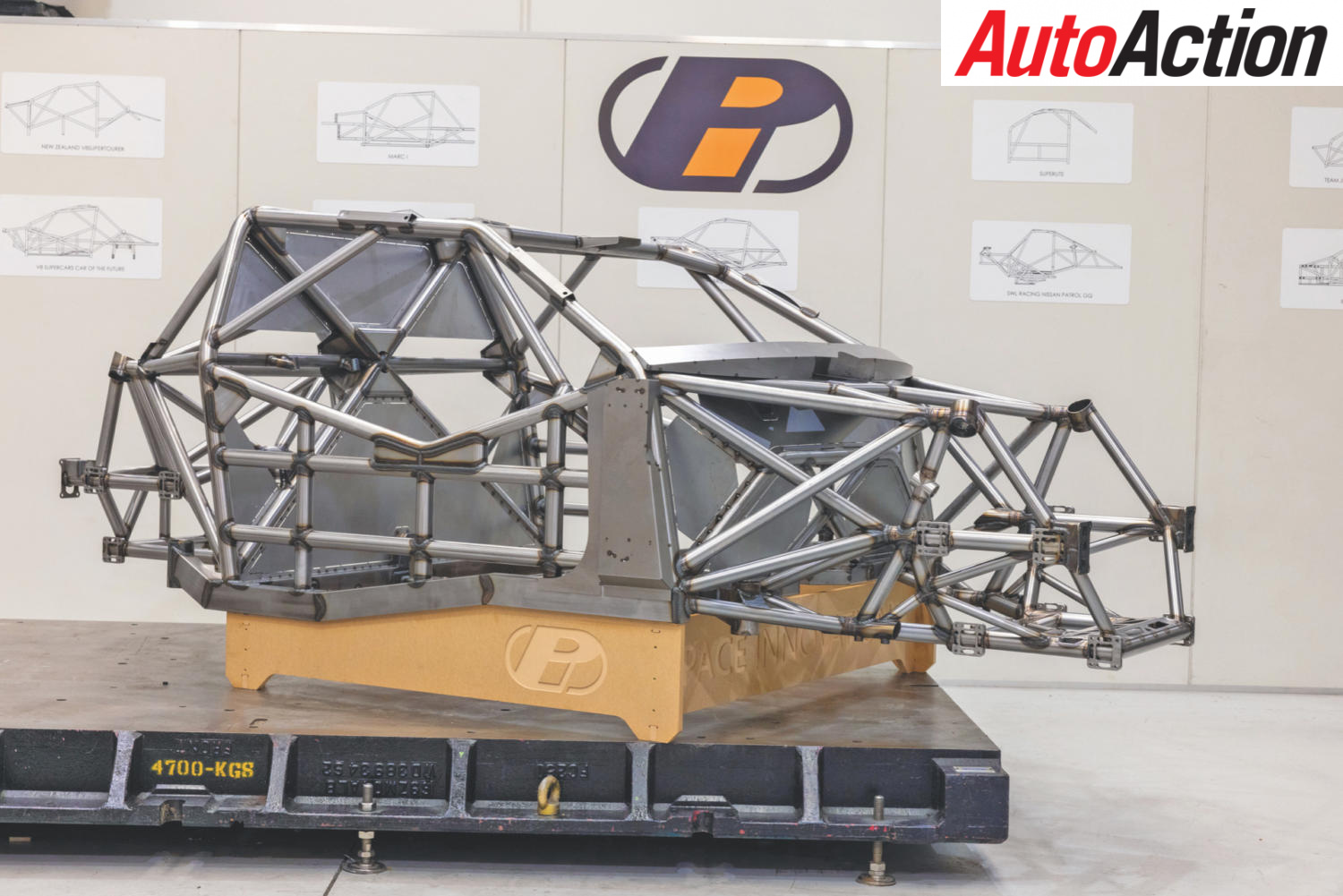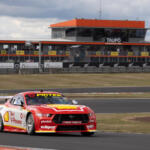GEN3 COST CREEP CONFIRMED

The build price of a Gen3 car will be closer to $400,000 than the original target of $350,000, Supercars has disclosed.
In a comprehensive briefing to select media, including AUTO ACTION, technical chief Adrian Burgess revealed the cost creep.
But Burgess rejected recent speculation that the price tag for next generation of Supercars, due in 2022, had increased to $450,000 per car, including engine.
He predicted the figure would nearer to $400K – still way cheaper than the near $700K cost of the current car/engine packages.
He was also adamant that Gen3 running costs and repair bills would be much cheaper.
“We believe we’re still on target,” Burgess declared. “When you look at the current price of cars and engines, it should be a significant reduction in common prices that have been paid at the moment.
“We still hope to have the car around the 400,000 number. We think we’re on target for that, but … we’re running a compressed production timeline that will probably incur some more costs because you have to try and rush things through.
“At the moment, where we are, we believe we’re on target for a 400 grand car, but that’s a turn-key car. That’s engine, gearbox, everything.”
Testing of the Gen3 prototype Chevrolet Camaro and Ford Mustang is now due to begin by the end of August at Sydney Motorsport Park.
While Burgess has allowed that Gen3 may not be ready for introduction until mid-next season, he maintains the existing Gen2.5 Mustangs and Commodores will be replaced before 2023.
The cost of initial race-ready new cars will depend on the final prices agreed with suppliers of the increased level of control components, tenders for which he said had been awarded.
Supercars’ cost-saving and -containment measures cover a much wide range of standardised parts, ranging from the control chassis to front uprights to production-look composite body panels to paritised GM and Ford ‘crate’ V8s.
Things like smaller wheel spindles will end the rattle guns ‘arms race’, with simpler battery electric versions due to eventually replace compressed air-powered units.
“Everyone’s rebuilding rattle guns every week because of the air pressure you need to put through the gun is so high,” Burgess explained. “With a smaller spindle, it will take a lot less torque to put the wheels on and off the car similar to what you see in GT racing.
“All those things combined – less air, less labour on the equipment – will actually make a significant impact in the opex (operating expense) cost of the car, [along with] the longer-life engines [and] just maintenance in the car.
“You have a clip system (easily replaceable front and rear sections) which will hopefully bring some benefits when we’re having accidents. It should be easier, quicker and cheaper to repair [crashed cars].”
According to Burgess, with Gen3 Supercars is aiming at “a longer shelf life and a longer service interval compared with the current car”
He added: “This is one of the differences between having a controlled car, as opposed to the teams being in an engineering war against each other. Everything is just pulled down to the minimum.
“We can afford to be a little bit more conservative with the design of the car and, hopefully, give the teams a car that doesn’t need to be overly serviced to remain reliable.”
In the drive to reduce costs, Supercars is aiming to limit expenditure on development with Gen3 while ensuring entraining racing.
“One of the most expensive parts of our sport currently is the development race that is allowed to go on,” he said. “They’re always trying to change the car and improve it by the smallest margins and details, day in, day out.
“So part of the whole philosophy of the Gen3 car is to give everyone exactly the same product, but give them something that’s adjustable. The engineers can still make a difference or not, [but] they won’t be going away and continually re-engineering or redesigning any part of the car.
“The program should generate a fairly significant cost reduction for the teams and the amount of staff that it needs to operate the car. It should come down to whoever’s done the best job on the day between the car engineer and driver, and the team.
“It won’t come down to the size of your chequebook and just turn into an arms race about developing a car. That’s not sustainable.”
Supercars will assist the teams financially to make the wholesale change to Gen3.
AA understands they will get a subsidy and a low-interest loan to pay for the transition.
Burgess could only comment that some assistance would be provided.
“I’m not sure what’s going on from the financial side, that’s not really my bag,” he said. “ But as a community and as a series, obviously we will do everything we can do to help transition the teams from Gen2 to Gen3.
“But, yeah, I’m not sure what will be in place on that side.”
For more of the latest Supercars news pick up the current issue of Auto Action. Also make sure you follow us on social media Facebook, Twitter, Instagram or our weekly email newsletter for all the latest updates between issues.





